#bug facts
Text
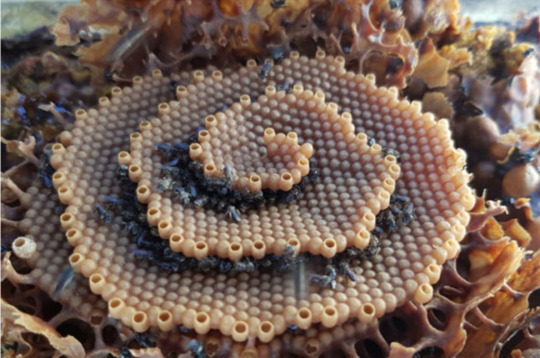

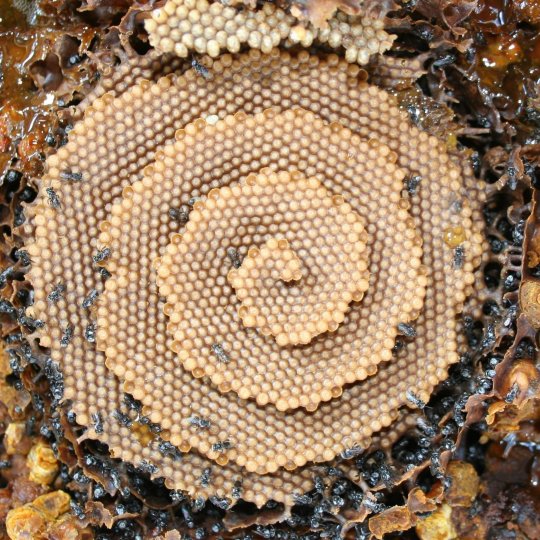
Fun fact: the stingless bees Tetragonula carbonaria can make beautiful spiral structures in their hives to house their young!
Source: Tim Heard, for a paper on how this mimics crystal growth
13K notes
·
View notes
Text
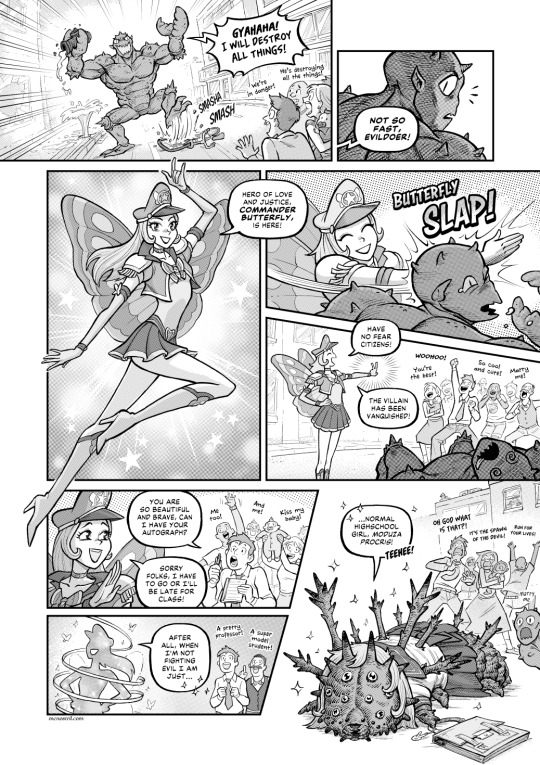
Have no fear, Commander Butterfly is here!
Save that fear for later when you learn more butterfly facts.
2K notes
·
View notes
Text
earwig (order Dermaptera) info-dump bc they're really cool insects that have really unique behaviors
- there are about 2,000 different species of earwigs, 10 of which are native to north america. earwigs when in there native ranges are extremely beneficial to the environment
- the european earwig (Forficula auricularia) is an invasive species in north america, and unfortunately is now a super common insect to see
- earwigs are edible! i have been told they taste like soft shell crab
- earwigs are extremely maternal, once a female earwig legs eggs she will care for them until adulthood. this is rare, only about 1% of all insects are maternal
- hump earwigs (Anechura harmandi) commit what's called matriphagy. after months of the mom raising her young, the offspring will then consume her
- sometimes earwig moms will abuse/neglect their young. those young will then share food and take care of each other, typically those behaviors are only seen in social Hymenoptera (bees, ants, and wasps)
- earwigs have some of the most intricate wings. there's about 20 different fold lines, and fold up to be 10x or more smaller than when the earwig is in flight. no other animal wing is this complex
- the giant earwig (Labidura herculeana) now extinct grew to be about 3 inches long
bonus photo of my earwig tattoo :)

#earwigs are so neat#order Dermaptera#dermaptera#earwigs#insects#bugs#entomology#special interest#infodump#tattoo#bug talks#bug tattoo#bug facts#insect facts
56 notes
·
View notes
Text
bugs.
you agree. reblog.
344 notes
·
View notes
Text

Ant that the truth 🐜 🕷
#ants#spiders#spider meme#bug facts#bug memes#bug meme#animal memes#animal facts#webcomic#webcomics#chumpsland
526 notes
·
View notes
Text
This is a Yellow Garden Spider (likely Argiope aurantia) and as you can see it's very friendly! I let this one walk onto my hand from its web making sure not to harm the web itself. After taking some photos, I put it back. I saved these 2 pictures.
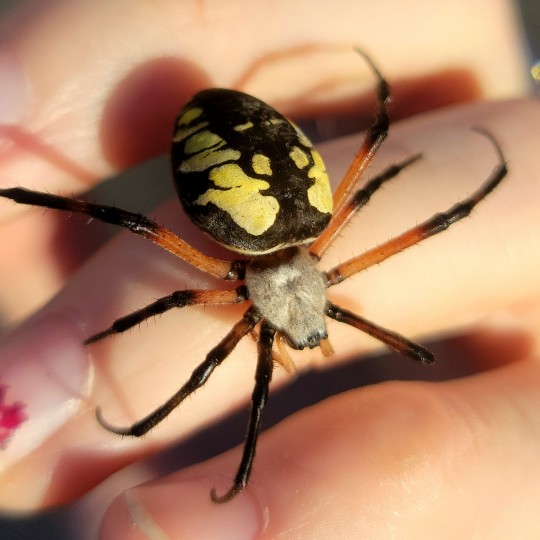
The term "Garden Spider" largely refers to spiders in the Families Araneidae and Uloboridae. They're also sometimes called Writing spiders or Zipper spiders. They are, of course, common in gardens and fields where people tend to plant things. So are many other kinds of spiders, but these in particular stand out due to their size, bright colors, and webs.
Like most spiders in your garden, they're harmless, friendly, and beneficial to have around. I wouldn't recommend trying to pick one up just for fun - I let this one walk on to my hand itself, and am using these photos for educational purposes. But, they are fun enough to just look at and watch, I think!
There are also many unique traits they have that separate them from your "typical" web-spinning spider. I don't have a picture to show you, but look up "writing spider webs" if you're interested!

What about them is so special? Well, assuming you just looked at pictures of their webs, there's a reason they're called Writing (or Zipper) spiders.
The thicker silk stands on a Garden spider's web are called Stabilimenta, but we're not really sure what their purpose is. It was initially thought they were to support the rather large spider, but their webs can still hold up even when the Stabilimenta are cut. The leading hypothesis is that they repel birds - the thicker web is easier to see, and so birds will notice it and NOT fly through the web, wrecking all the spider's hard work. Likewise, birds don't seem to prey on these spiders, meaning the extra attention is entirely welcome for the spider.
They probably don't want their webs wrecked more than other spiders, too, because they don't deconstruct them. Many outdoor spiders move often - eating up and rebuilding their web somewhere new - sometimes as often as every night! Zipper spiders rarely move their web unless it's an emergency, or a matter of catching more food. As such, building their webs is costly in terms of silk and energy, so they might've evolved the Stabilimenta to ensure their web's longevity.
As a closing note, they are not dangerous at all. People have been dumber than birds before and walked head-first into the webs of these spiders, but even then, they don't bite. Even if they did, their venom is mild, and you probably won't even notice you've been bit until a light rash forms later.
Most of the time, they will build their webs out of the paths of larger animals (that's you!), and even if they do, it's not going to hurt you. It's best to leave them there, too, since they'll eat pests for you. If you're planting things and see one of these spiders, consider yourself lucky. They are colorful and gentle defenders of your plants who simply wish to coexist with you peacefully.
#bugs#bug#nature#insect#insects#entomology#forest#entymology#invertebrates#photography#spider#spiders#garden#arachnid#arachnids#bug facts#the creature#garden spider
309 notes
·
View notes
Text
My first Hickory Longhorn Beetle of the year!
I first heard about them from Bernd Heinrich’s “Life Everlasting”, a wonderful book about the cycle of life and death.
Unfortunately these beautiful bugs are labeled as invasive by many people for their similar appearance to their actually invasive cousin, the Asian Longhorn Beetle. But there are some key differences, namely, color and size, Asian longhorn beetles are white and red, and are MUCH larger than these fellas!
These beetles can bore into house wood, but that is rare because like their name, they mainly love hickory trees in the forests!
#bugs#insects#nature#beetle#beetles#animals#bugposting#bug facts#cute guy#silly fella#silly little guy
21 notes
·
View notes
Text
Chinese Moon Moth Fact!!!!!🌸
🌘🌗🌖🌕🌔🌓🌒
🪷Chinese moon moths (and many other moths) have their long tails to deflect the echo location of bats! Bats end up going after the bottom of their wings instead after being misguided, and the Moths have the ability to safely get away!!
🪷Chinese Moon Moths Have 2 different color types, a yellowish coloring and then a blue ish green coloring.
The yellow coloring is the male moth and the other is the female!!

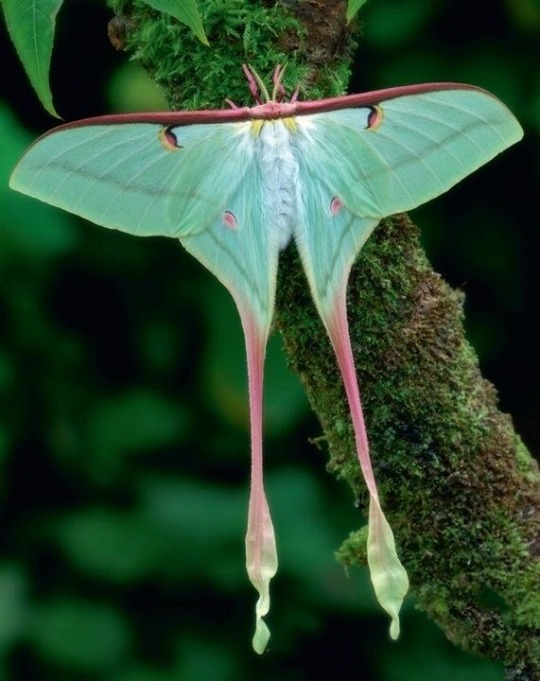
Pretty!!🪷☺️
#moth talks#moth post#cute bugs#cute guy#cute#cute animals#so cute#autizzy#autism#luna moth#chinese moon moth#tumblr bugs#cool bugs#bugs#bug facts#cool facts#pretty animals#animal facts
28 notes
·
View notes
Note
Hey kinger, uh..hope you're doing well.
HI POMNI‼️‼️‼️ I DOING GREAT I THINK I GETTING A HANG OF THIS TUMBLR THINGY, THERE'S SO MANY PEOPLE ON HERE WHO TALK ABOUT BUGS AND STUFF!!!!!

#kinger my beloved#the amazing digital circus kinger#kinger#tadc kinger#tadc#tadc ask blog#ask blog#ask page#the amazing digital circus#bug facts
50 notes
·
View notes
Text
HEY YALL I FOUND COOL BUG IN MY HOUSE (that i haven't seen any of you talk about yet, i think at least!) ( @basyacriptid @zus-a-fungi )
It's a cicada, they are called "jequitiranabóia" or flying snake, ( or Alligator - Headed Lantern Fly ) it's head looks like a reptile :D and in some photos i saw the inside of it's wings look like a pair of eyes, too


It was just chilling, really big too! These are the photos i took, but I'll post a few from the internet too


Now with some facts-
"Many indigenous villages and nearby communities fear it, and thus ended up disseminating the folklore of the jequitiranabóia for a long time. According to Jequi legend, if it lands on a person or on a branch, it will dry up completely and wither until death. This is due to the fact that animals are sometimes found in dry trunks, believing that by sucking their sap, the plant organ died." (Source)
This is not entirely true, but it is part of a few cultures, so please be respectful
This species is being less seen as time goes on, and I'm lucky to have seen it!
122 notes
·
View notes
Text
I LOVE THESE CUTIES SM!!!!

These are called as "woolly bears" I'll try to tell you how much I know about dis thang, just so you know its pretty much fun facts
If woolly bears sense danger, they curl up in a fuzzy little ball like this
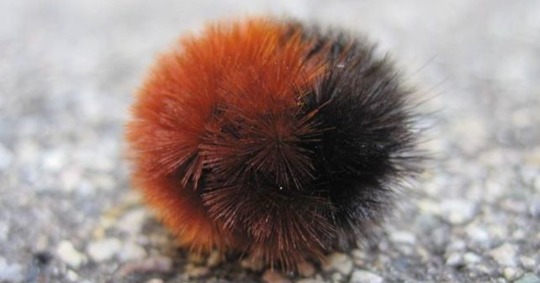
ITS SO CUTE GJSHRSURSTUSSSXVDFSFSGJYORYRUTSUW
Pretty much you have to be careful with them, they are also delicate, its ok to touch them, just don't directly put your finger on the fuzzy creature, it can cause rash and it can get in your skin.
But these catapillars are important too! You see the orange ring around it in the middle?
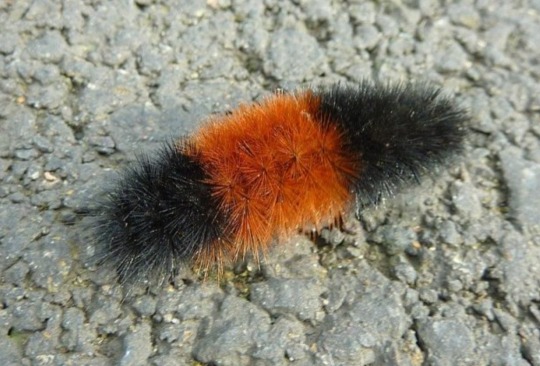
The longer the ring, the more dangerous the weather is gonna be (I don't know how it's like that ahahsgsgdhfgdhgjvg)
Welp! Thats all I know about these fuzzy cute catapillars!
(I'm not a professional dude so I recommend searching it up, I probably messed up on sum parts)
53 notes
·
View notes
Text
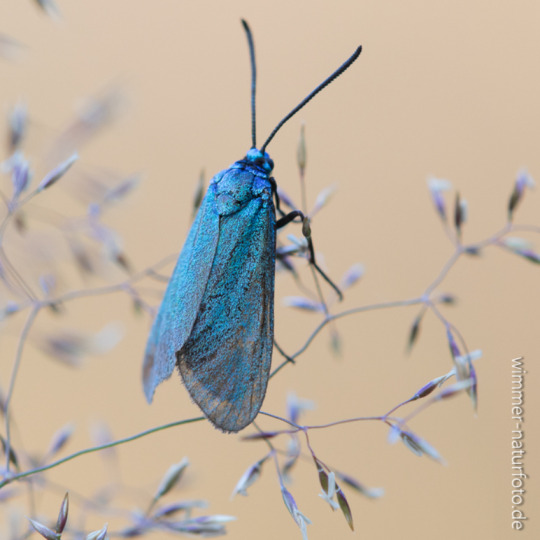

Fun fact: Green forester moths (Adscita statices) aren't always green— on cool nights they become a rusty orange, then change back to blue-green in the morning.
This color change is possible due to the unique structure of some specialized wing scales:


The layers of tiny air pockets in these scales absorb water vapor from dewy night air, changing the way the light refracts:

Their color change reverses as the wing scales dry out in the sun:

Top photos: Joachim Wimmer and Linda Kjær-Thomsen. Everything else from Wilts BD, Mothander K, Kelber A. 2019 Humidity-dependent colour change in the green forester moth, Adscita statices. (Photos cropped/relabeled for clarity)
#random facts#bug facts#moths#insects#entomology#structural color#bugblr#Adscita statices#Zygaenidae
3K notes
·
View notes
Text
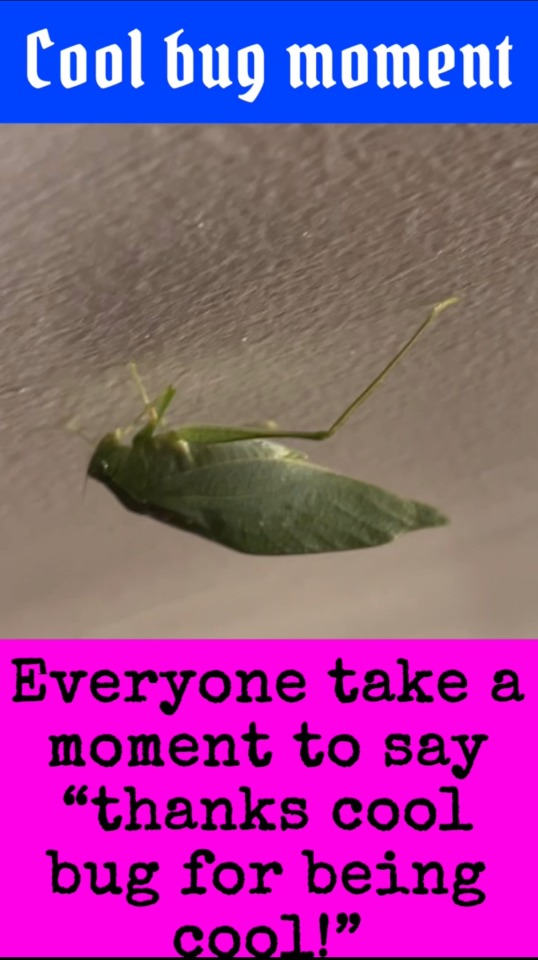
Everybody, I want to start Bug Time where I show pictures of bugs I find and put this kind of stuff around it.
This bug we see here is in the family Tettigoniidae. These fellas are called Katydids or Bush Crickets, they feed on other small insects and can live for about a year. They only get up to about 4-6 cm (2 inches) and may bite, but their jaws are too small to do anything to you.
Ok thanks, bug time over now.
#196#insects#bug facts#I’m actually not too knowledgeable about bugs and want to do this so I learn more of them#maybe you learn with me#bugs#nature#info#unsolicited information posting#special interest#it’s kinda a bug fixation#all you neurological mysteries out there get it
27 notes
·
View notes
Text
The Sleeping Debt: Drunkard!
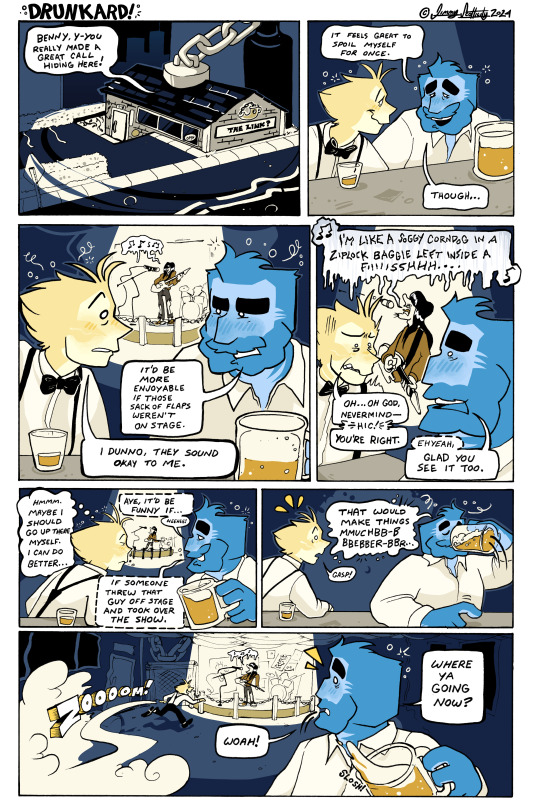

Here's a bonus sketch strip!

Another two-pager I've done! Enjoy the bug facts from yours truly.
Psst! I do have another comic in the works, check it out here: https://thesleepingdebt.ju.mp/
#The Sleeping Debt#artwork#original character#comic#cartoonist#comic artist#oc#illustrator#dream#artists on tumblr#illustration#comic art#comics#original comic#bug facts
19 notes
·
View notes
Text



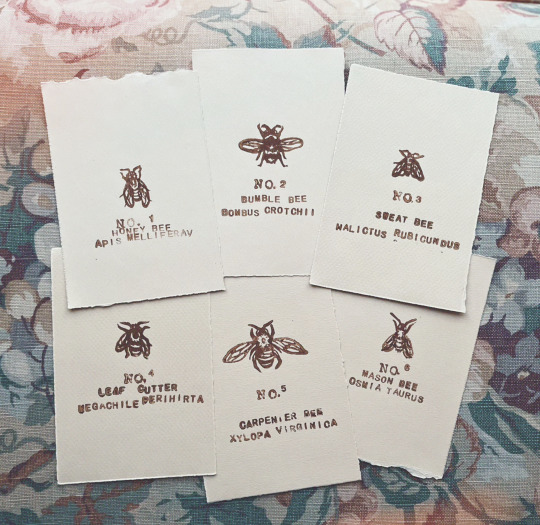

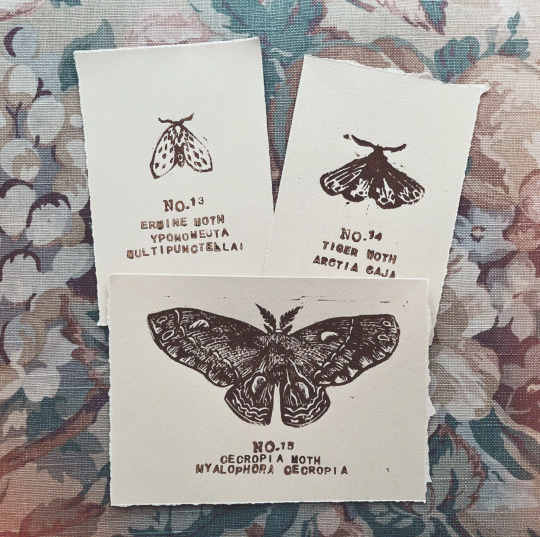
Let's get this 2024 season started off right!!! 🐝🦋🪲
All new prints, patches, buttons and stickers this Saturday! Come check me out (and over 100 other vendors!!)
I'm really excited about this collection that I started back in October and it's not over yet! I will be popping up all over the KC area this summer with new art at each event! Get outta the house, get some sun and pick up some bugs 🪱❤️
#bugs#prints#printmaking#butterflies#butterfly#moth#moths#original art#specimens#pinned bugs#vintage#art event#art#local art#local artist#vending event#support small artists#edit#editing#punk#darwin#science#Entomology#bug facts
9 notes
·
View notes
Text

A common Reddish-Brown Stag Beetle (Lucanus capreolus). The size and shape of the beetle's mandibles are indicative of its sex–large and crescent-shaped pincers indicate that the beetle is male.
There are about 1,200 member species in the stag beetle family. The name 'stag beetle' is derived from the large and distinctive mandibles possessed by the males of most species, which are reminiscent of the imposing antlers possessed by male deer, or stags.
Despite their somewhat small size—most species grow from 5-12 cm in length—these beetles pack a punch! According to atlasofscience.org, "Being bitten by a male stag beetle feels as if you are balancing two soda cans on tooth picks (one for each jaw) on your finger. This is such a large increase in bite force, that males even risk to break their jaws if they would bite in full force. Male stag beetles avoid this by carefully restraining their bite force." I have been bitten by one of these guys before, and can certify that they are not to be underestimated!
link to cited article
31 notes
·
View notes